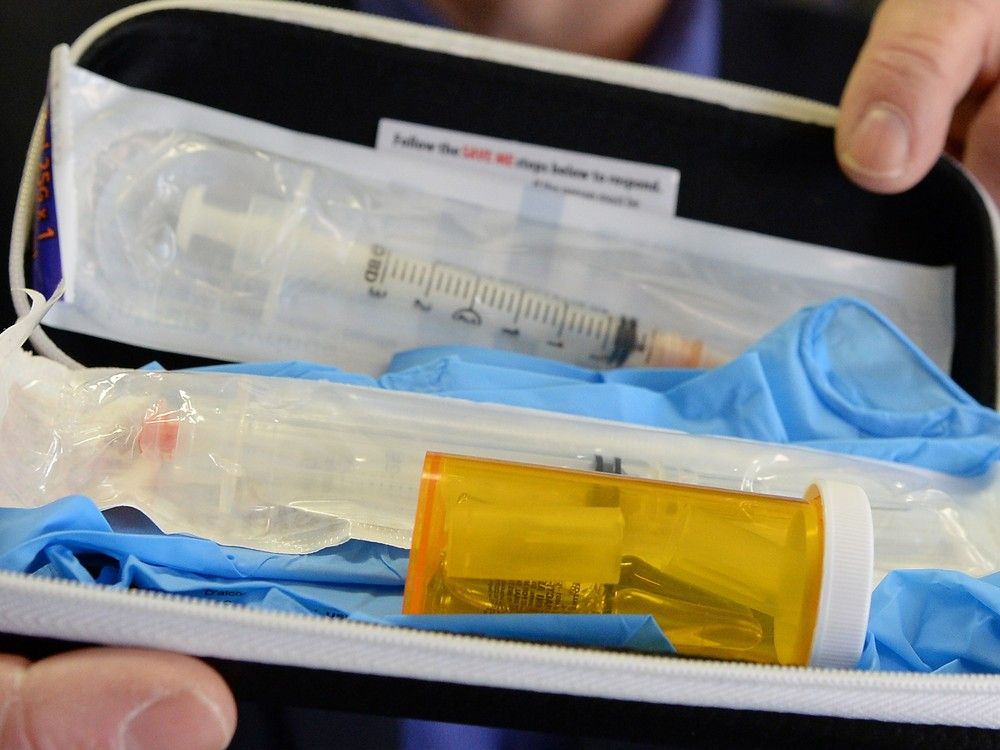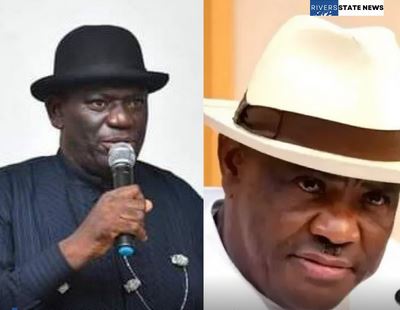
Opinion editor’s note: Strib Voices publishes a mix of commentary online and in print each day. To contribute, click here . ••• The necessities aren’t fun purchases.
New tires. New shingles on the roof. A refrigerator.

Underwear. Socks. On and on.
You’re an adult. You’ve been there. They’re foundational but not as fun to buy as a plane ticket to Paris or a new TV.
We buy them because we know the cost of driving on bald tires will increase exponentially if we crash, we need safe food and the leaky roof will get worse. This is where we as a state find ourselves with our civic entertainment infrastructure — the ballparks, arenas and stadiums need refurbishment and renovation if we want our future to look similar to that which we’ve become accustomed, where first-rate sports teams (for the most part) call Minnesota home and top concerts and spectacular events make stops here. At first blush, the numbers are daunting.
The 9-year-old U.S. Bank Stadium needs a fresh infusion of $85 million to build the second phase of a secure perimeter, replacing temporary fencing.
The Minnesota Sports Facilities Authority (MSFA), which oversees the building, has asked for $30 million this session. The MSFA has also been clear that in the long term, they’re going to need about $300 million over the next decade for upkeep and renovations. St.
Paul and the Minnesota Wild are seeking more, nearly $400 million for the $769 million transformation of the Xcel Energy Center Arena Complex, including overhauling the Roy Wilkins Auditorium and RiverCentre. The Xcel is 25 years old and at the end of its life span. City officials say St.
Paul should be advanced to the front of the line for funding among the sports facilities with demands. “We’ve seen a significant number of those needs come and go since we’ve had any public discussion at all about public funding for the Xcel Energy Center,” St. Paul Mayor Melvin Carter said.
He noted that the “archaic” building was built before 9/11 and has only a single escalator for ingress and egress. He and other St. Paul leaders pitch the project as the catalyst for an energized city that would create a safe entertainment and tourism district, boosting hotels and restaurants.
Sen. Clare Oumou Verbeten, DFL-St. Paul, promoted the statewide benefit to “making sure that we have a plan for the future, so that we’re an exciting, great place that’s bringing in folks, that’s helping us raise revenue, so that we can protect all these great services that our cities and our state [provide].
” Carter, Oumou Verbeten and U.S. Bank Stadium representatives received a warm, albeit noncommittal, reception from the Senate Capital Investment Committee recently.
No senators argued against the need for safer streets, vibrant cities and revenue. Just like we’d all love to own reliable, low-maintenance vehicles, most of us can’t afford new cars every year. State leaders, too, must determine what fits within our values and our budgets.
Don’t expect a quick resolution. The debates on these massive facilities won’t end soon, if ever. The Minnesota Twins will need a long-term plan for Target Field that requires legislative approval.
Expect to hear from the new owners of the Minnesota Timberwolves soon about the problems with Target Center. Over the years, there’s been an idea floated to create an authority to triage sports stadium wants and needs, to decide who gets what they want and how it’s paid for. Although many U.
S. cities that host multiple professional sports teams have vested oversight in such authorities, such talks have never gone past the pondering stage here. Frankly, it’s challenging to see the high-powered billionaire owners of various franchises getting in a room and agreeing to line up as directed.
That’s why elected officials will continue to have long discussions and ultimately make the tax-and-spending decisions. Having seen these debates many times, here’s a suggestion. Let’s focus on what we can get from the deals and resist an easy reflex to demonize the billionaire owners, many of whom have invested in the community for decades.
Public-private partnerships are necessary; they’re how we accomplish great things. Government aid has been rocket fuel to visionary developments from the internet to Tesla and Amazon. When pro sports owners come calling for dollars, think instead of Wade Luneburg, the political director for Unite Here Local 17, representing thousands of the state’s hospitality workers.
He sat in the front row for the U.S. Bank Stadium and Xcel presentations to the Senate Capital Investment Committee last week.
Renovations provide good construction jobs and then they employ thousands of workers both directly in the buildings and create service jobs at nearby hotels and restaurants, Luneburg said. “Folks think that I’m shilling for the teams,” Luneburg observed. “But people make a living doing this and it’s really important to the revitalization and rethinking how our downtowns are going to work again.
” Think, too, about the 9 million guests and 1,900 events hosted at U.S. Bank Stadium since it opened.
Or make it even more concrete and think about the impact from the arrival of 500,000 visitors to downtown Minneapolis for Taylor Swift’s two “Eras Tour” concerts at U.S. Bank Stadium in 2023.
This is not to suggest that we write blank checks. We shouldn’t. But we should not lose sight of the years of benefits and connection reaped from hosting these spaces, the moments shared watching your team, talking about your team or seeing generational artists in their prime.
Count Sen. Nick Frentz, DFL-North Mankato, among those who believe these buildings enhance the quality of life for so many and create some of the most cherished of memories. “What’s it worth for a fourth-grader to play football at U.
S. Bank Stadium? Or a ninth-grade kid to dream of playing in the state tournament at the Xcel Energy Center?” Frentz asked. “You’re talking about things the kids will remember for the rest of their lives.
” He’s preaching to the choir. I was that 10-year-old who bundled up and saw the Minnesota Vikings host the Pittsburgh Steelers at Bloomington’s Met Stadium in October 1976 with my grandfather. That afternoon remains among my most cherished childhood memories.
The same goes for my first Minnesota Twins game, which my grandfather and I shared the previous summer in the same building. (Boy, how I wish I still had the ball Rod Carew tossed to me.) Yes, kids will remember priceless moments decades after the game-day souvenirs are gone and we’ve decided — yet, again, that the collective cost of paying for the upkeep of our entertainment meccas pays enormous dividends for all of Minnesota.
.















